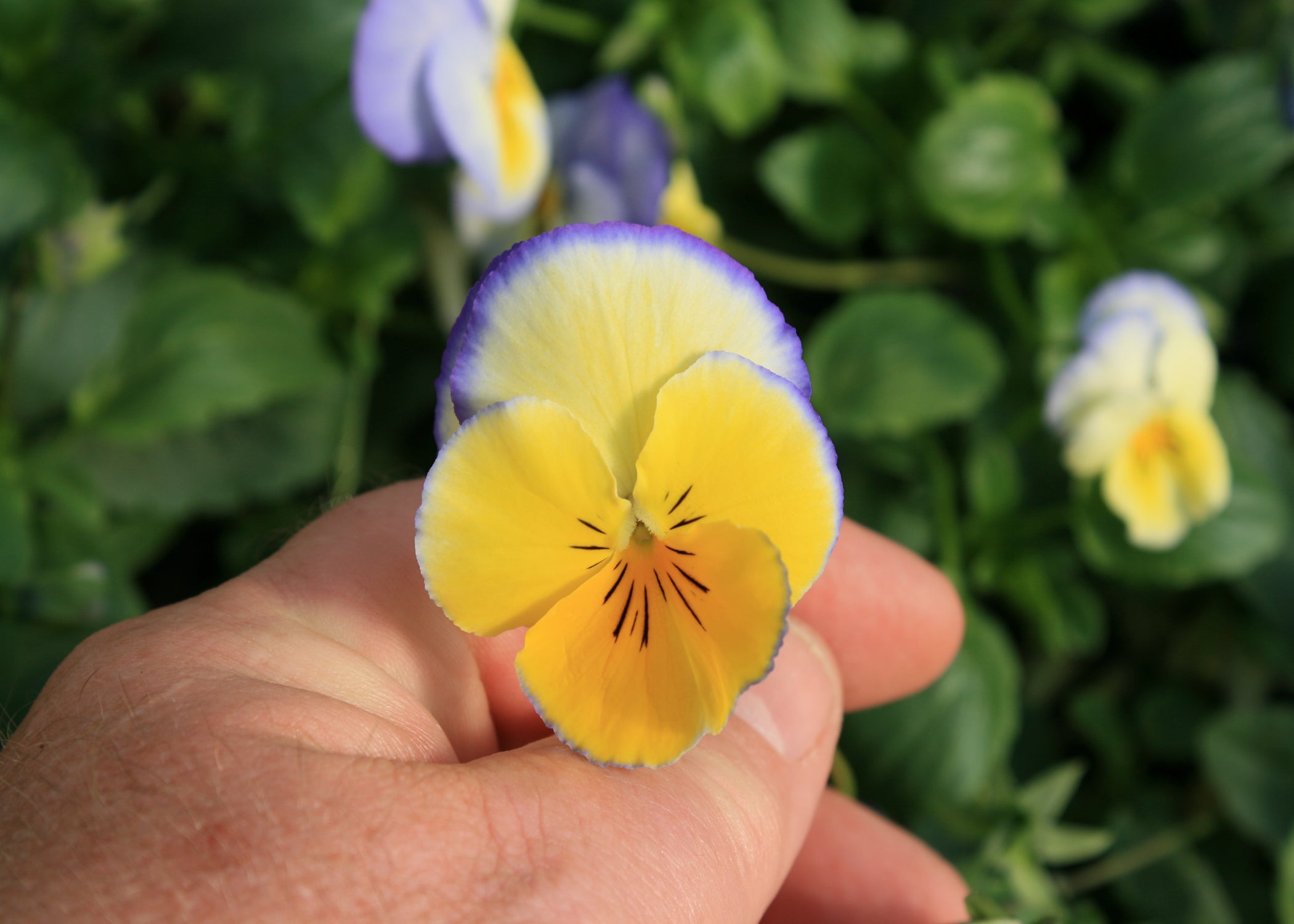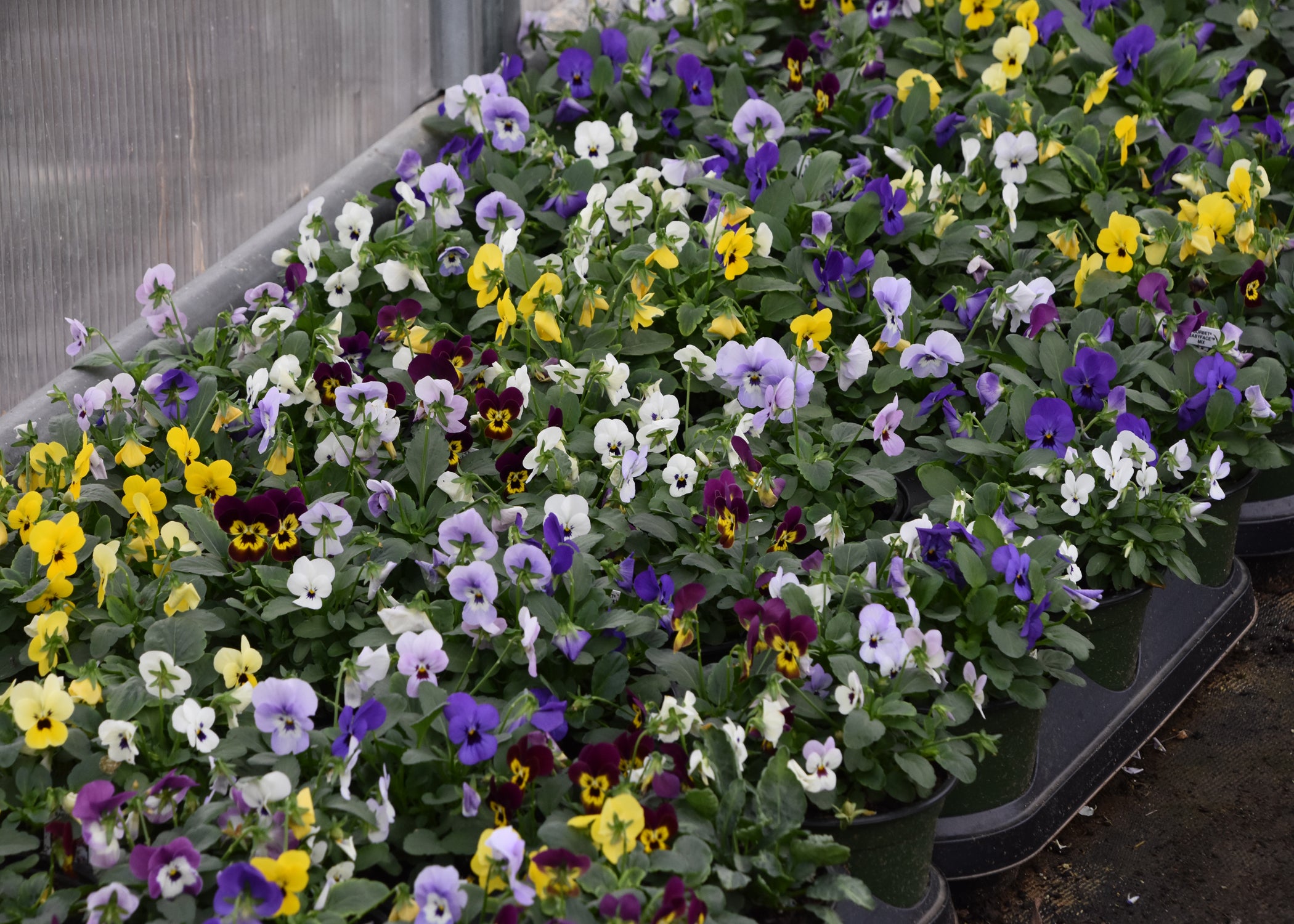Plant tough violas for months of garden color
Published 6:10 pm Monday, October 31, 2022
By Gary R. Bachman
MSU Extension Service
Now is the time to plant one of the great, classic cool-season annuals. While they have a dainty look, violas are tough plants that will perform through the fall, winter and into the spring landscape and garden seasons.
Violas go by either of the botanical names Viola tricolor or Viola cornuta, but most gardeners I know call them by their common name, Johnny jump ups. Like their pansy cousins, violas are tough and tolerate the cold and winter weather.
As a kid growing up in Michigan, I remember the violas — I called them pansies back then — that would pop up in our lawn and flower beds seemingly at random. This may be where I developed my fascination with letting various plants pop up as volunteers in my landscape today.
Botanically, most of the Johnny jump ups we plant are Viola tricolor, which makes sense, as many of the selections available have sets of multicolored petals.
They make great choices for both the landscape and containers. Violas will grow right through Thanksgiving and still be shining in the garden at Easter and beyond. I’ve seen many times where these plants can be even more hardy than pansies.
Johnny jump ups are actually among the easiest cool-season flowers to grow this year and for years to come. Deadheading fading flowers encourages the production of more flowers, but I like to let them go to seed. They have prolific seed production, and when the wind blows, the seeds are distributed around my landscape.
The following year, I enjoy the surprise of Johnny jump ups in whole new locations.
Violas grow best in consistently moist, well-drained soil. Amend the soil with good, composted organic matter before planting. These plants prefer growing in the full sun.
For best performance now and the following spring, plant violas before cold weather sets in. This allows the roots system to become established. That means if you want to grow violas this year, the time to plant is now.
If you will be growing violas in north Mississippi, apply a layer of mulch to help with overwintering.
Keep the soil nutrition at optimum levels to ensure that your violas will keep blooming throughout the growing seasons. I like to add a couple of teaspoons of slow-release fertilizer to each planting hole to help keep the nutrition at optimum levels.
Did you know that viola flowers are edible? For many years, upscale restaurants have used viola flowers to add color and interest to salads. This is a trick that the home gardener can use for special dinners.
But I offer a word of caution. It is important to know the source of your blooms, especially if the viola plants are coming from the nursery. With a little patience, the home gardener can grow violas from seed. The wait is certainly worth the effort.
Right now, there is a quite a selection of violas in garden centers, and the color palette seems to get bigger each year. Plant some of these cool-season wonders and enjoy their flowering show for months to come.







